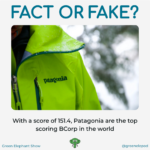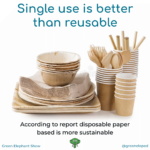Money is a central Keystone, being necessary for any organisation. There are a range of aspects relating to money which need your consideration. What elements does the Money Keystone include?
Liza Minnelli once sung, “Money makes the world go round”. It certainly is pivotal to keeping an organisation going. As one of the most regulated Keystones it certainly gets good attention in most organisations, possibly too much in some. It is not all about cash in the bank, there are a large range of elements that make this one of the trickier Keystones to acquire, manage and keep.
Of course, it is very easy to pass off managing this Keystone to an accountant. However, Money is bigger than just accounting and it’s good to understand all aspects of this Keystone so that you take best advantage of it’s, sometime fleeting, presence.
For the full Keystone picture, take a look at the Gydeline Guardian.
Elements
The Money Keystone includes the following elements:
- Borrowing – Secured and unsecured loans, mortgages, credit cards, private borrowing
- Investment – Grants, investor funding
- Forecast – Cashflow, long term forecasts, future company valuation, growth estimates
- Revenue – Income, interest, donations, internal budgets
- Capital – Asset sale receipts, savings
- Shares – Ownership allocation, guarantees, company valuation, share value, dividends
- Costs – Expenses, payroll, bills
Acquisition
Money is earnt through the revenue-generating activities of the organisation. It can also be acquired from loans, grants, investment and donations, depending on the type of organisation.
Utilisation
Money is used to pay for all the other Keystones. Every organisational function uses this Keystone either directly or indirectly.
Maintenance
The Finance function ensures the proper management of this Keystone. A Governance function provides the control and decisions on the proper use of Money.
Disposal
This Keystone is in a lifecycle that does not require specific disposal. There are elements of this Keystone which require ‘disposal’, such as borrowing, but it takes Money to dispose of these too!
SWOT Analysis
Strengths
Earnable
Potentially limitless
Easily transacted
Heavily Regulated
Opportunities
Investment
Cost Control
Growth
Weaknesses
Easily stolen
Can lose value
Heavily Regulated
Threats
People
Contacts
Mismanagement
Government Policy











